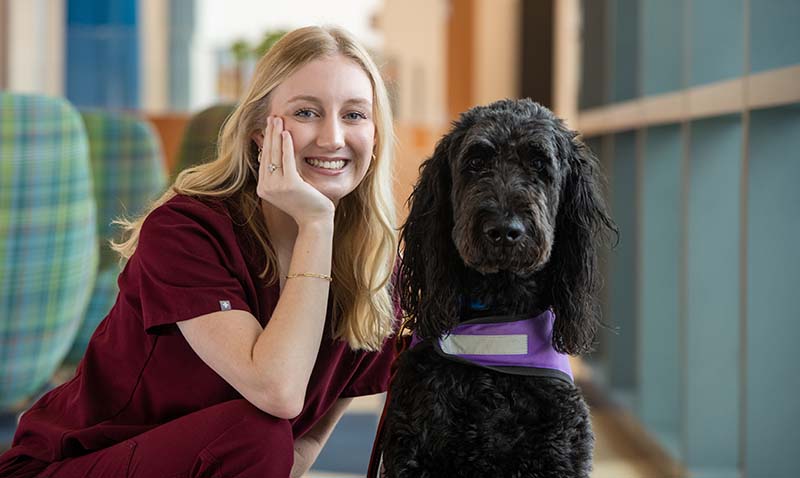
Bulletin of Dental Education Article
Archive
- Bulletin of Dental Education | December 2024, Volume 57, Issue 12
- Bulletin of Dental Education | November 2024, Volume 57, Issue 11
- Bulletin of Dental Education | October 2024, Volume 57, Issue 10
- Bulletin of Dental Education | September 2024, Volume 57, Issue 9
- Bulletin of Dental Education | January 2025, Volume 58, Issue 1
- Bulletin of Dental Education | February 2025, Volume 58, Issue 2
- Bulletin of Dental Education | March 2025, Volume 58, Issue 3
- Bulletin of Dental Education | April 2025, Volume 58, Issue 4
- Bulletin of Dental Education | May 2025, Volume 58, Issue 5
- Bulletin of Dental Education | June 2025, Volume 58, Issue 6
- Bulletin of Dental Education | July 2025, Volume 58, Issue 7
- Bulletin of Dental Education | August 2025, Volume 58, Issue 8
- Bulletin of Dental Education | September 2025, Volume 58, Issue 9
- Bulletin of Dental Education | October 2025, Volume 58, Issue 10
MEMBER FOCUS: Shaping the Future of Health Care—Making Dentistry Safe for Service Animals
Graduation Day at Texas A&M University College of Dentistry (Texas A&M Dentistry) in Dallas, TX, was May 25, and participating in all the pomp and circumstance with the 27 graduates of the dental hygiene program is one who has been with the class since the beginning.
Fozzie, a five-year-old standard goldendoodle and full-time service dog, accompanied owner Cora Owens as she received her bachelor’s degree. Yet it’s Fozzie who provided professors with a valuable education on maintaining a learning environment for students while also creating a safe situation for the dog.

During the 2023-24 academic year, Texas A&M Dentistry faced a challenge: adapting its classrooms and clinics to the needs of a service dog on campus every day while also considering the needs and comfort of everyone else.
Infection control is crucial, said Leigh Ann Nurick, M.S., M.A., B.S.D.H., Texas A&M Dentistry Clinical Associate Professor and Interim Program Director, and Brandy Cowen, B.S.D.H., M.S., RDH, Texas A&M Dentistry Clinical Assistant Professor and Clinic Coordinator.
Although the U.S. Centers for Disease Control and Prevention dental infection control guidelines and Standard Precautions are followed to reduce particles and germs in the air, some still exist and could be harmful to Fozzie, who, unlike the students, doesn’t wear personal protective equipment (PPE).
“We had to gain a layout of the clinic and workspaces to understand where the best place was for Fozzie to sit during clinical procedures to be close enough to detect a medical concern but also far enough to reduce his exposure to aerosols,” Prof. Cowen said.
The solution: Fozzie would lay down on a disposable pad and it was thrown away after each clinic session. When aerosols were present, faculty determined whether he should be covered in a disposable sheet to protect him from particles landing on his fur, which could carry germs home and re-expose Ms. Owens when she’s not wearing PPE and would potentially expose others too.
In addition, Ms. Owens’ workspace was situated in a low-traffic area to provide the large dog with more room.
“Sitting in the small simulation lab in the basement [was] tight because he is so big,” she said. “But that’s been the only trouble.”
Ms. Owens, diagnosed with Type 1 diabetes when she was 14, partnered with Fozzie after a series of health scares when her blood sugar dropped in her sleep and her glucose monitor’s alert didn’t wake her. Fozzie accompanied her to high school and later McLennan Community College, where she earned an associate degree.
Texas A&M Dentistry was the only dental hygiene program Ms. Owens applied to, and she was welcomed immediately. Ms. Owens didn’t bring Fozzie to the first interview in 2023, but Prof. Nurick met him a few days later and began planning.
“Everyone, faculty and students, loved him from the get-go,” Ms. Owens said. “They were accepting. They asked a lot of questions because they wanted to understand.”
Faculty, students, staff and patients were advised not to pet Fozzie while he’s working to avoid distracting him. Giving him treats was discouraged because those are rewards for good work.
Patients who were uncomfortable with dogs are assigned to other student dental hygienists, but only a few chose that option; even some who were fearful at first grew to like Fozzie, Ms. Owens said.
After graduation, Ms. Owens and Fozzie returned to Valley Mills. She’s seeking a full-time job in the Waco area and anticipates interest after she receives her board scores and is licensed in June.
During the degree program, Fozzie heard every lecture and attended all the exams, labs and clinic sessions, while maintaining a professional demeanor—except for a snore-filled nap or two following lunches. That’s why Prof. Nurick gave Fozzie her Texas A&M Dentistry alumni pin at the pinning and awards ceremony.
“He deserved it,” she said. “I can’t think of anyone with whom I would rather share my alumni pin.”
Texas A&M College of Dentistry
Texas A&M University College of Dentistry (formerly Baylor College of Dentistry) in Dallas is a part of Texas A&M University and Texas A&M Health. Founded in 1905, Texas A&M Dentistry is a nationally recognized center for oral health sciences education, research, specialized patient care and continuing dental education. Learn more at dentistry.tamu.edu and follow @TAMUdental.
Courtesy of Texas A&M College of Dentistry
Published on June 11, 2025
